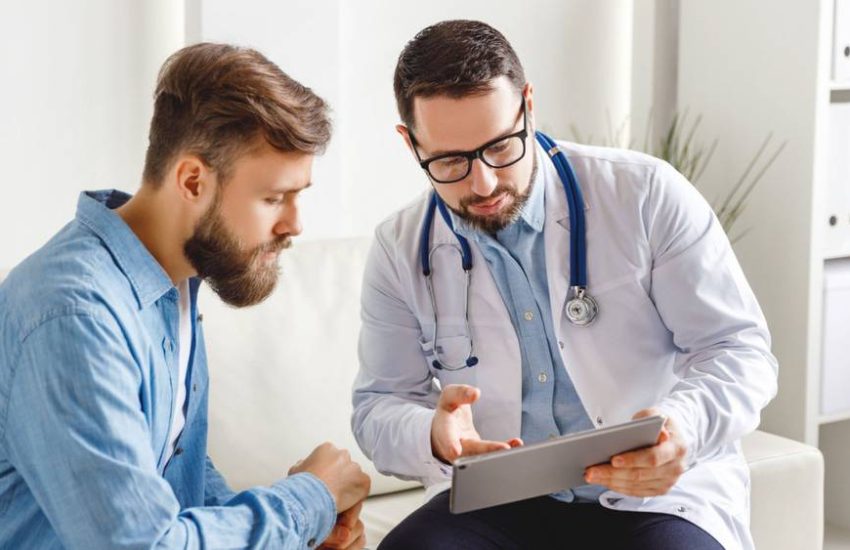Your Quick and Easy Guide to Gastroscopy
The procedure done to look inside the stomach, esophagus, and the duodenum (first part of the intestine) is called gastroscopy. The procedure uses a flexible and thin tube that has a small camera at the end known as the endoscope. The endoscope is passed through the mouth and into the stomach.
At the end of the endoscope, there’s a light so images are conveyed to a TV monitor. This gives doctors a clear view of the stomach, duodenum, and the internal lining of the esophagus. Through the endoscope, the doctor can check for abnormalities that are not typically detected on X-rays.
Generally, gastroscopy is done to further investigate nausea, reflux, vomiting, chest pain, swallowing difficulties, indigestion, bleeding, and abdominal pain. It is also done to treat certain conditions such as small cancerous tumors, polyps or non cancerous growths, esophagus blockage, and bleeding ulcers.
A gastroscopy that is done to confirm a diagnosis or further investigate some symptoms is called a diagnostic gastroscopy. When gastroscopy is carried out to treat a condition, it is known as therapeutic gastroscopy.
What to Do Before a Gastroscopy
A gastroscopy can be done with or without sedation. However, if you intend to be sedated, make sure you have someone who can accompany you home. You will be instructed not to eat or drink anything at least six hours before the procedure.
If you are taking any medications, your doctor will inform you if you need to stop taking them for the time being. In most cases, you will be asked to take medications that might increase bleeding risk.
For instance, you might be asked to stop taking NSAIDs and other medications such as aspirin and warfarin. However, the individual circumstances of the patient will be taken into account so it would be best to discuss this with your doctor.
You need to also inform the doctor if you have a medical condition that will require you to take antibiotics before getting a dental procedure. More often than not, you might need to take antibiotics before a gastroscopy as well.
Before the procedure, what will be done will be clearly explained to you. If you have any questions or concerns, make sure you talk to your doctor about them. You might also be asked to sign a consent form for the procedure.
What to Expect During a Gastroscopy
Prior to the procedure, you will be asked to lie flat on your left side. Often, you will be given a sedative to help you relax. Usually, you will have very little recollection of what happened during the procedure. It is also possible for the procedure to be done without a sedative. This is something you need to discuss with your doctor.
A local anesthetic will be sprayed at the back of the throat. This is done to make it numb and minimize gagging. A mouthguard is placed between the teeth so it is protected. If you have dentures or false teeth, you will be asked to remove them before the procedure is carried out.
The endoscope is placed into the mouth. Your doctor will instruct you to swallow it down until it reaches the stomach. Air will then be directed into the stomach through the gastroscope. This is done so viewing is easier. At times, special instruments might be inserted via the endoscope.
What to Expect After the Procedure
The procedure can take around 15 to 30 minutes. You will be transferred to a recovery room immediately after and you will be monitored until you wake up. You can usually go home after a couple of hours.




